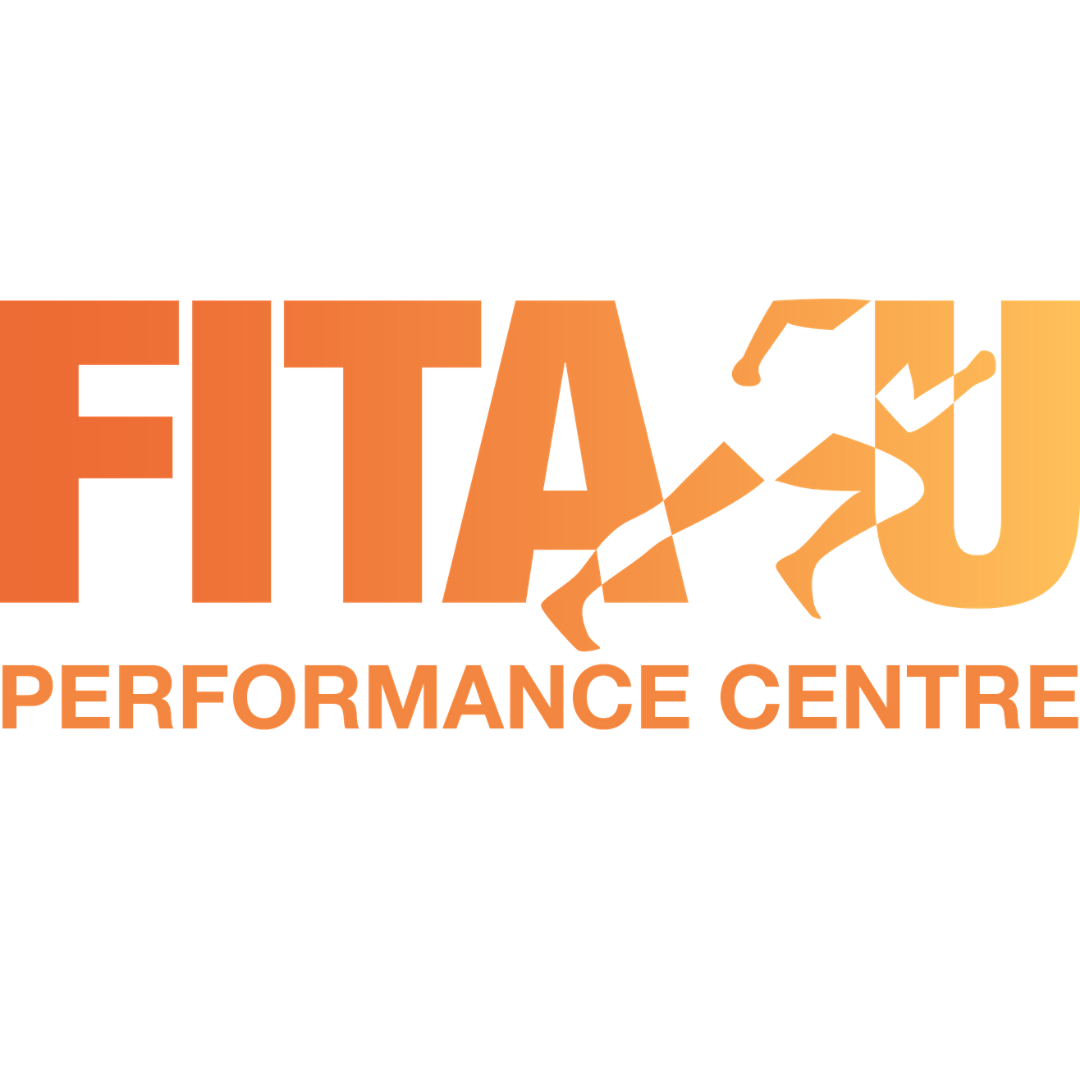Here’s how you make real change with your nutrition
1. PORTION CONTROL
Don’t bite the hand that feeds you!
Many people underestimate portion sizes and what makes up a nutritionally dense meal. A general rule of thumb is to use your hand to measure your macronutrient portions (Protein, Carbohydrate/Vegetables, Fats).
A portion of protein is your palm
A portion of vegetables is your fist
A portion of carbohydrates is your cupped hand
A portion of fat is your thumb
If you want a more personalised calculation of what you should be eating both how much and what portion of each macronutrient to eat then use this quick calculator from Precision Nutrition - It will take two minutes max and will give you accurate insight into your diet.
2. BuildING a nutritious meal
You know you need a good balance of proteins, carbs, fats. But how do you turn that knowledge into healthy meals that taste delicious? Just mix and match these ingredients, flavour profiles, and cooking methods to create the perfect meal every time. Seriously, this guide could change your life.
At FITA-U, it’s our mission to help clients develop healthy eating habits for life. That means:
Eating fresh, minimally-processed food as often as possible.
Including a balance of protein, veggies, smart carbs, healthy fats.
Adjusting portions to meet health and body composition goals.
That all sounds great. But the trick is to do it all in a way that’s super-easy and tastes awesome.
3. Healthy Alternatives
From ruining your progress to making you feel like a failure, food cravings aren’t your friend (no matter what they say).
Have you ever stared at a pile of crumbs, with a belly full of shame, and wondered, ‘How did I let this happen?’
We can relate. Because almost everyone can relate.
Besides driving you to eat, cravings can drive you nuts—making you feel like an out-of-control failure who can’t keep from overindulging.
But you aren’t powerless against these urges, even if it seems that way.
The secret to winning the cravings game is about having the knowledge on how to choose a good alternative.
Now that you have a good idea of what really goes into a good nutrition program, lets put it all together and help you create your own! Below is a document that will be really handy to keep in your kitchen, to download it click the button underneath the image!
Again, don’t forget to download or print out this infographic so you have it handy next time you want to create the perfect meal.
WE DON’T DO MEAL PLANS.
But we can’t blame people for asking. However, keep reading and we can give you three important steps to help your diet.
Sure, meal plans have long been a staple of the fitness and nutrition industry. Coaches are taught to create them. Clients are taught to expect them. Unfortunately... Most of the time, meal plans don’t work.
Scenario 1: You just don’t stick to the plan.
Life gets busy and can and will derail you. Plus sometimes you just don’t feel like having a protein bar at 10am when you are on holidays
What’s more, even if you’ve actually paid to have someone make your plan, you might find yourself rebelling against it in subtle (or not-so-subtle) ways.
Unfortunately, it means you might not get the results you hope for. For instance, a meal plan you hoped would help you lose weight could actually encourage you to gain weight instead.
Scenario 2: You follow the plan perfectly.
They’re designed to help a person get to a specific short-term goal, like dropping a few extra pounds before a wedding, learning to manage blood sugar, or cutting weight for an athletic competition.
Our bodies can usually adapt to a rigid way of eating for a short period of time.
But if you’re too strict for too long, you could wind up with disordered eating habits and lasting health (mental, metabolic, hormonal, etc) consequences.
Scenario 3: You follow the plan for a little while but it sucks.
Maybe you see some short-term results (or not). But you hate living and eating this way. You never want to see another stupid piece of lettuce or 4 ounces of chicken.
Eventually, you get so turned off by the process that you regress or quit altogether. You conclude that “eating healthy” sucks.
And you miss your big chance to learn how to make healthier, more enjoyable, more lasting and real changes.





